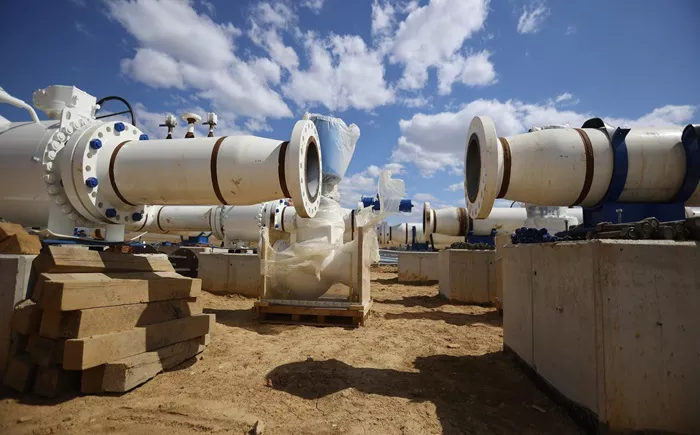In a significant step toward energy independence, Ukraine officially commenced natural gas imports via the Trans-Balkan pipeline on Wednesday, enabling the country to source gas from European suppliers while entirely bypassing Russian supply lines. This strategic move allows Ukraine to access liquefied natural gas (LNG) delivered through Greece, as well as Azerbaijani gas transported via the Trans Adriatic Pipeline.
Historically, the Trans-Balkan pipeline transported Russian gas southward. Now, the flow has been reversed to channel non-Russian gas northward into Ukraine. A Ukrainian energy ministry official told that the corridor is expected to facilitate imports of up to 1 billion cubic meters (bcm) of gas by October, with preliminary volumes for June projected at 100 million cubic meters.
Ukraine ended its role as a transit country for Russian gas exports to Europe at the close of 2024, opting not to renew its long-term agreement with Gazprom. Officials have stressed that the newly operational corridor excludes any gas of Russian origin.
The European Commission has welcomed such initiatives under its REPowerEU strategy, which aims to eliminate the EU’s reliance on Russian fossil fuels.
Industry observers, including Argus Media and Pipeline & Gas Journal, have reported successful monthly capacity auctions on the Trans-Balkan route, signaling robust commercial interest and operational readiness for the corridor.
The activation of this gas route marks both a geopolitical and infrastructure milestone, bolstering Ukraine’s energy sovereignty amid ongoing conflict and regional instability.
Meanwhile, following Ukraine’s withdrawal from Russian transit, Russia has shifted its European exports to the TurkStream pipeline. Russian pipeline gas deliveries to Europe rose 10% in May 2025 compared to April, averaging 46 million cubic meters daily.
The Trans-Balkan corridor’s launch results from coordinated efforts by five national gas transmission operators spanning Greece, Bulgaria, Romania, Moldova, and Ukraine. The route channels gas northward from Greece’s Revithoussa LNG terminal through Southeastern Europe, fully circumventing Russian supply lines. The corridor supports an annual capacity of up to 1 bcm, with preferential tariffs set at 25% below standard rates, and a 46% discount on deliveries into Ukraine.
This collaborative initiative not only diversifies Ukraine’s energy imports but also reinforces regional energy security and resilience ahead of the 2025–26 winter heating season.


